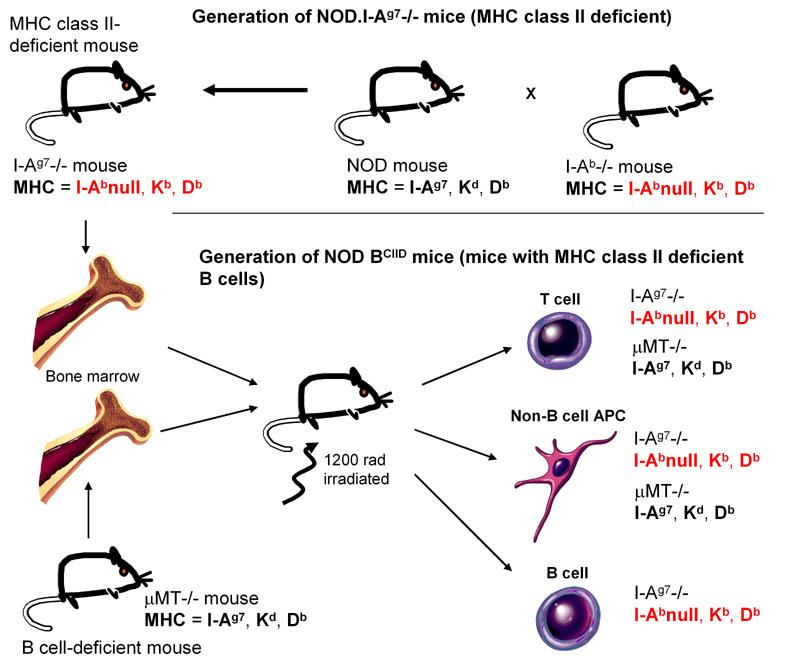Figure 2. Generation of NOD mice that have a class II deficiency on the B cells (NOD.BCIID mice).

NOD mice were crossed with I-Ab-/- B6 mice on the H-2b genetic background (KbDb) to generate NOD mice expressing the class II knockout mutation. Since MHC class I is in strong linkage disequilibrium with MHC class II, the introduction of the MHC class II knockout mutation introduces not only I-Ab-/- but also alters the MHC class I molecules of the NOD haplotype (KdDb) to KbDb. NOD female mice then were irradiated and reconstituted with bone marrow from these NOD.I-Ab-/- mice and NOD.µMT-/- mice. This generated mice that had T cells and non-B cell antigen-presenting cells from both NOD I-Ab-/- mice and NOD.µMT-/- mice. Therefore, the resulting mice expressed the NOD I-Ag7 (derived from the NOD.µMT-/- mice) on the non-B cell antigen-presenting cells. However, in the B cell compartment, the mice would only express B cells from the NOD I-Ab-/- mice as NOD.µMT-/- mice do not have mature B cells. Thus the B cells would not express MHC class II and the MHC class I molecules are de-rived from the H-2b haplotype. All the other cells in the NOD BCIID mice express MHC molecules of both H-2g7 (KdDbI-Ag7) and I-Ab-/- (KbDb) haplotypes.
